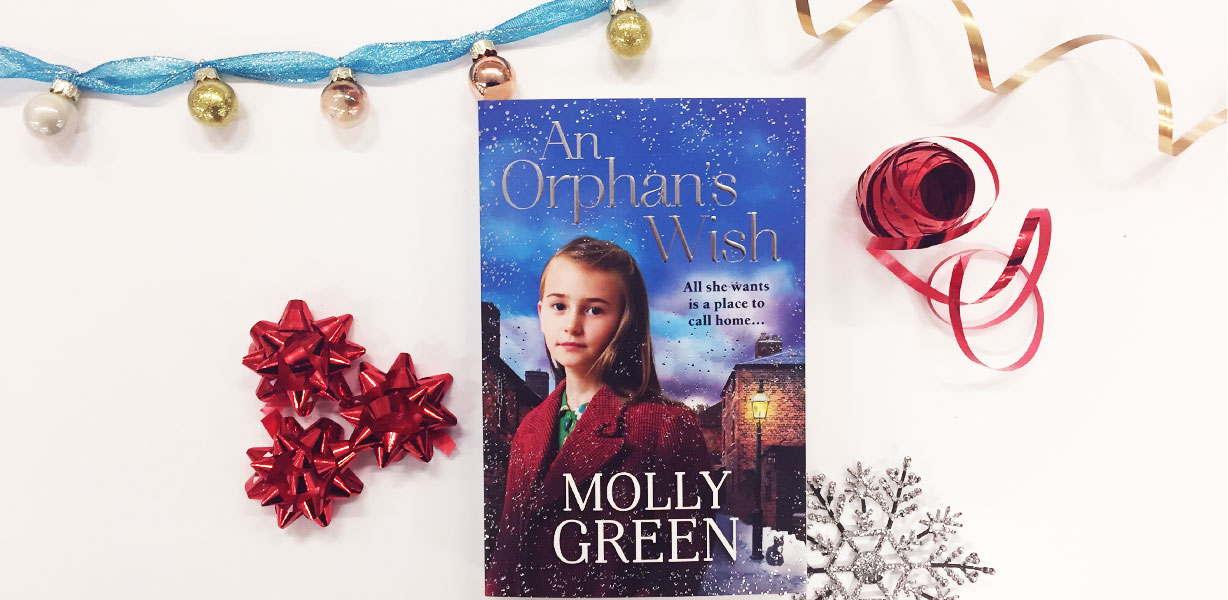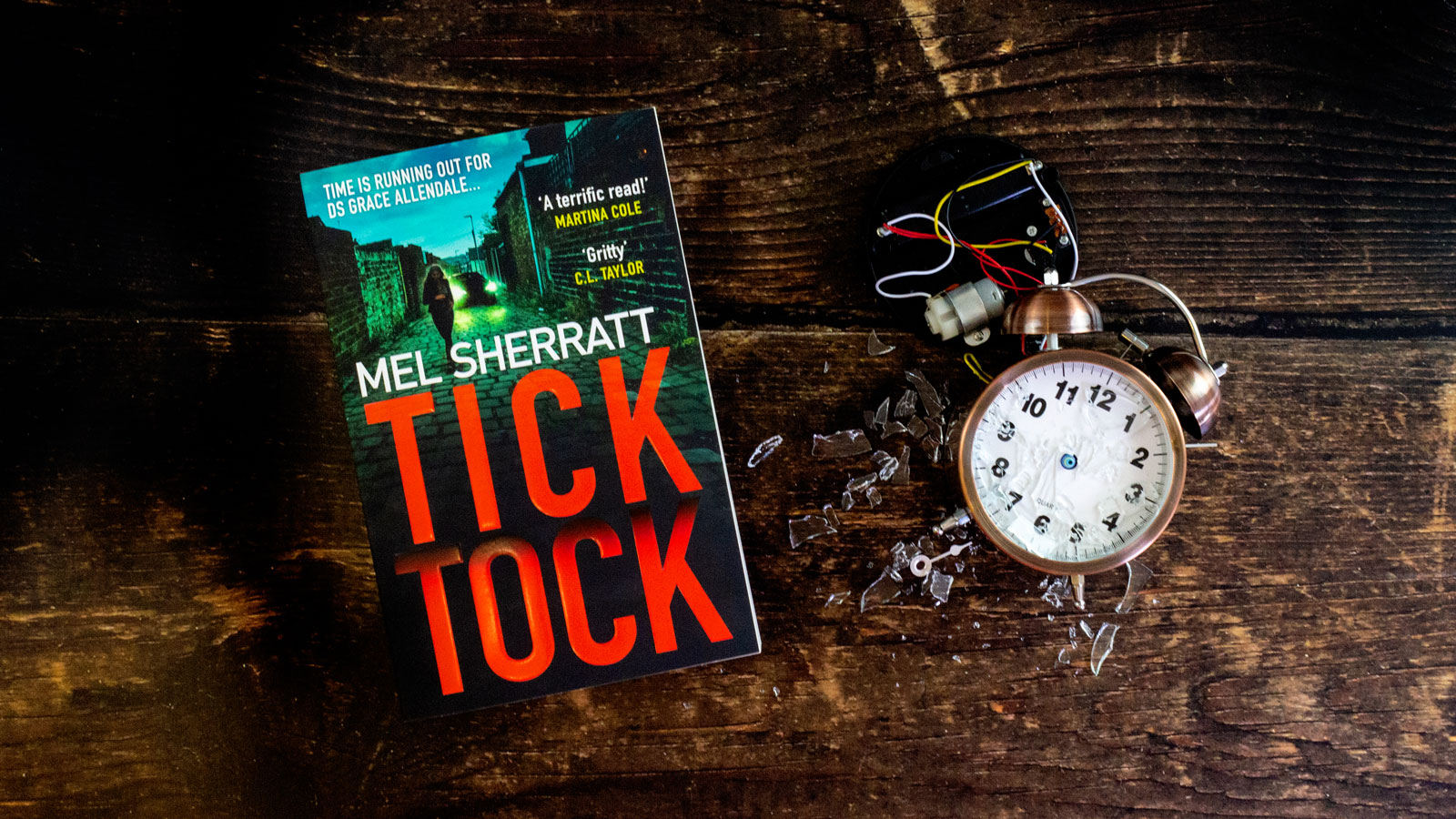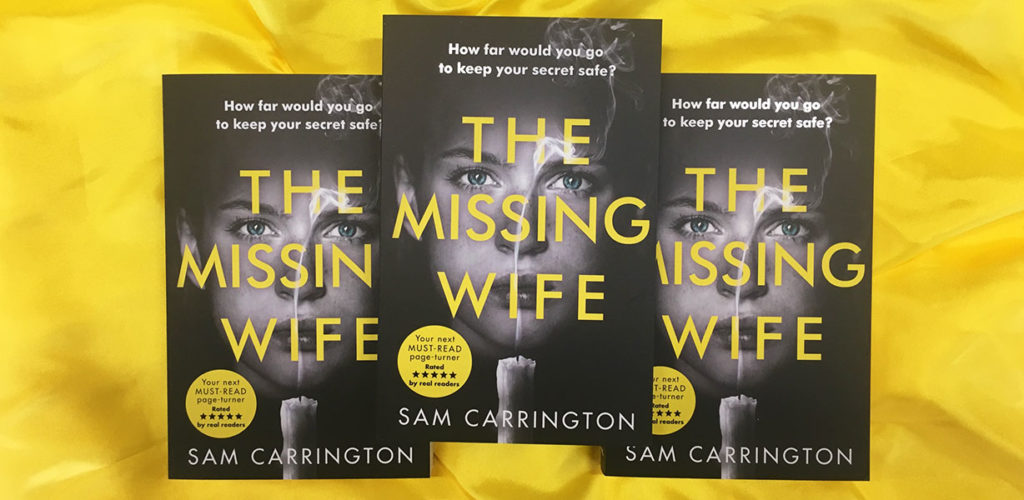Christmas in 1943
When Avon asked me if I would write a post for their website on what Christmas was like in 1943 – the year my latest book, An Orphan’s Wish, is set in – I automatically said yes. However, it’s a rather gloomy subject because the war was beginning its fifth year, and rationing was biting hard.
Preparing healthy food for the family was uppermost in every housewife’s mind, trying to juggle the – what we would consider – meagre rations. It was even more difficult at Christmas, yet many ordinary working families managed to save ration coupons to make that important plum pudding, perhaps buy a chicken, and even produce a bottle of sherry which had been tucked away especially for Christmas. The only foods not rationed were bread, fruit and vegetables.
Below is a typical weekly food ration for an adult, the small allowance of tea and sugar hitting the British most painfully, but look at the lean supply of daily protein when you divide the week by 7. On the plus side there was no obesity in those days.
- Bacon & Ham 4 oz
- Other meat value of 1 shilling and 2 pence (equivalent to 2 chops)
- Butter 2 oz
- Cheese 3 oz
- Margarine 4 oz
- Cooking fat 4 oz
- Milk 3 pints
- Sugar 8 oz
- Tea 2 oz
- Eggs 1 fresh egg (plus allowance of dried egg from America)
- Sweets 12 oz every 4 weeks
Beer and tobacco were classed as luxury goods and both attracted a 100% purchase tax. Cosmetics, too, were considered luxury goods so also carried a high percentage. Recently, I was watching a documentary filmed in ‘43, and the young woman told us how difficult it was to find your favourite lipstick or powder. You had to take what was there, she said – that is, if you could afford double the price the item had been before the war. The same went for clothing which was severely rationed.
You were given 24 coupons every six months. One dress was 11 points, a pair of shoes was 7, and by the time you’d bought a pair of lisle stockings and maybe a scarf to cheer up your one other drab outfit, you’d used your entire half a year allowance.
The ‘Make Do and Mend’ pamphlet, issued by the British Ministry of Information, led to women’s groups springing up all over the country. But this would be one of their social gatherings where they could gossip and laugh together and at the same time darn the holes in their children’s socks or transform a plain hat by stitching salvaged feathers or a ribbon bow on the side, or some other ‘piece of nonsense’, as the men used to call it.
So unfamiliar to our throw-away society today.
Children would have helped make the Christmas decorations. If they were old enough, Mother would let them mix some flour and water to make a lumpy paste which acted like glue. They would then dab the end of a coloured strip and press the two ends together to form a link. Father (or mother, if he was away fighting) would tack the swags of chains high up on opposite sides of the dining room walls to meet and cross over the table. There might be a few baubles in the attic saved from previous years for the tree, but often the children would make small decorations to hang in between. Then the homemade angel or a silver star would adorn the very top.
Today, we’d be amazed to see a tree lit by real candles, but there was no health and safety in those days, though the sensible parent would make sure a bucket of water was standing by! In 1972 when I was a vegetarian cook at Tannerhof, a sanatorium in Bavaria, they still lit candles for their enormous tree which brushed the ceiling of the fasting room. It looked so beautiful I was determined to have a little tree with candles in my own room, situated in a wooden hut shared with three other foreign workers near the main house. That night, Christmas Eve, the four of us trooped down the snowy, icy hill to the village church for a magical midnight carol service. Afterwards, I invited them back to my room. To our horror, flames were taking hold of the fluttering curtains at the window that I always left open a crack. My friend bent her head too close, trying to smother the fire, and her long blonde hair immediately singed along one side.
She took forever to forgive me, and the owner of the sanatorium never knew how close I came to setting the whole of Tannerhof alight!
But back to Christmas ’43 in Britain. Not only was the extra food a problem for the parents but what present to give the children. Yes, I do mean a present, not a pillowcase full of them. And some parents couldn’t afford to buy even one toy for their children. My husband, Edward, was five in 1943. He told me his father made him a garage called Victory Garage. He managed to find a Dinky toy for the forecourt (these little cars today go for a small fortune), but everything else such as the petrol pumps were made using bits and pieces around the house – even pipe cleaners bent into small figures. Then his father hit a problem. The roof. It needed to look more rustic. He had a brainwave. After brushing a layer of Carpenter’s glue over the thin piece of plywood ‘roof’, he sprinkled Kelloggs’ Corn Flakes in a layer over the top, then painted the whole thing maroon – the only colour he had.
Talking of paint colours, Edward had asked if Father Christmas could bring him a paintbrush to colour in his drawings.
During the war it was difficult to find these sorts of things, so his mother snipped a piece from his hair one night when he was asleep. She cut it into a brush shape, then fixed it on a piece of twig.
Edward remembers being thrilled with it, though at the time he didn’t realise he’d been the one to supply the hair!
Sometimes I think it would be good for today’s children and teenagers to watch some of the old documentaries of families in the war and how they coped. All this against a backdrop of your town or city, particularly if you lived in London or Liverpool, being relentlessly bombed to smithereens. And managing to keep cheerful, help your neighbour, and remain optimistic that the Allies were going to win. What a heroic generation.
By the way, Edward says he still has that bald patch!








